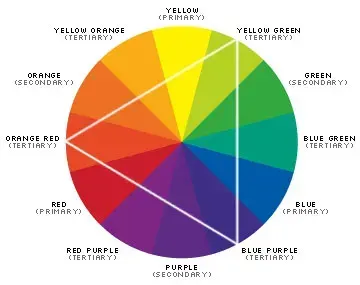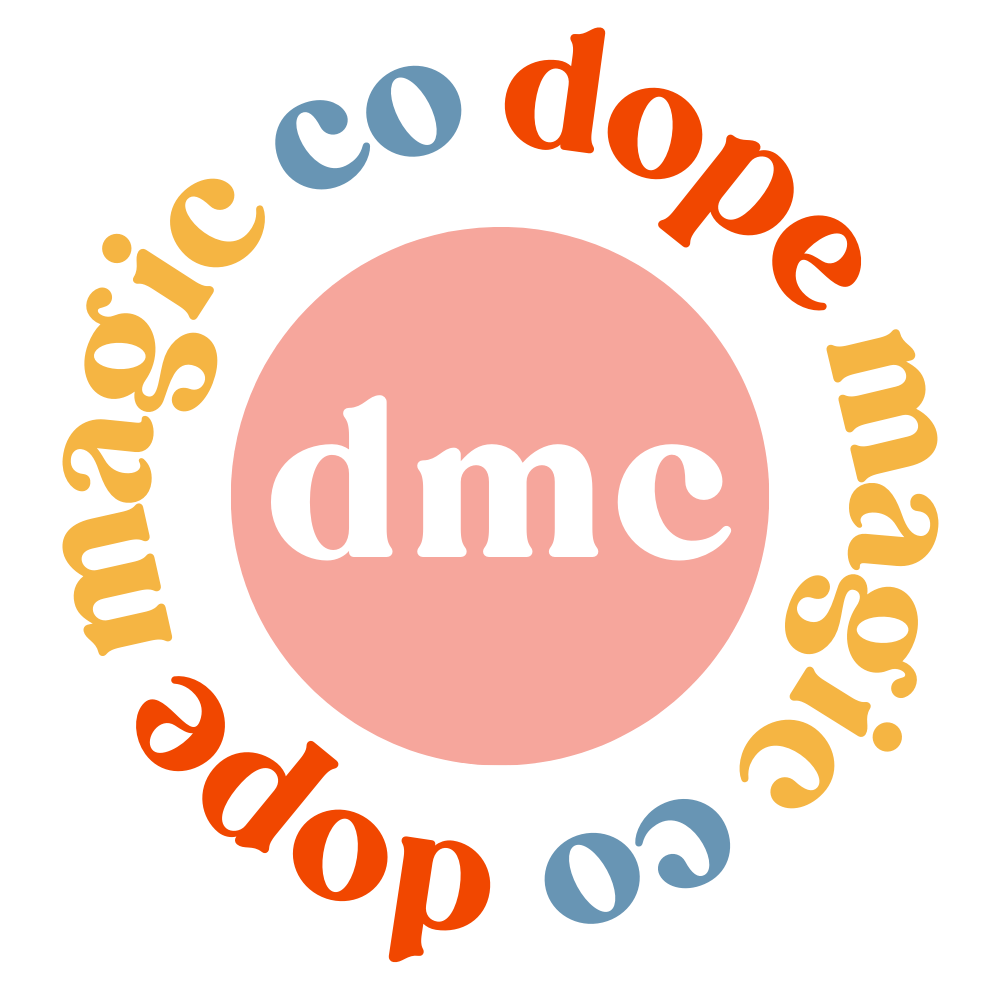How To Pick Your Brand Colors Using Color Theory
How To Pick Your Brand Colors Using Color Theory
As humans, we are naturally drawn to colors. They can evoke emotions, memories, and even influence our behavior. That's why it's crucial to understand color theory and how to use it in your branding to give potential new clients the right first impression.
What is Color Theory?
To get started, let’s talk about the basics behind color! Color theory is the study of colors and how they interact with each other. It involves understanding the color wheel, color harmonies, and the psychology of color. By understanding these concepts, you can create a color scheme that will communicate your brand's messaging before you even open your mouth!
The Color Wheel
The color wheel is split into three categories: primary, secondary, and tertiary colors. These make up the foundation. And to go deeper, there are three types of color harmonies within that foundation: complementary, analogous, and triadic.
- Complementary: These are colors that are opposite each other on the color wheel, such as blue and orange or red and green. Complementary colors create high contrast and can be used to create bold and eye-catching designs.
- Analogous: These are colors that are next to each other on the color wheel, such as blue and green or orange and yellow. Analogous colors tend to create a calming effect and are often used in nature-inspired designs.
- Triadic: These are colors that are evenly spaced on the color wheel, such as red, yellow, and blue. Triadic colors create a vibrant and balanced design and are often used in playful and energetic brands.

The Psychology of Color
Colors can evoke different emotions and feelings in people. That's why it's crucial to choose the right colors for your brand. Find a breakdown of what each color means below:
- Red: It's all about passion, excitement, and urgency. Red can create a sense of urgency and evoke strong emotions. So, if you want to make a bold statement or grab attention, red is your color.
- Orange: Think enthusiasm, energy, and excitement. Orange can give your brand a vibrant and enthusiastic vibe. If you want to create a brand that exudes positivity and energy, orange is a great choice.
- Yellow: Yellow is associated with positivity, light, warmth, creativity, and motivation. It's a playful and energetic color that can bring a lot of life to your brand. If you want to create a brand that feels lively and optimistic, go for yellow.
- Green: When it comes to growth, health, and nature, green is the color to go for. It can create a sense of freshness and eco-friendliness. If your brand is focused on natural products or sustainability, green will convey the right message.
- Blue: Trust, calmness, and professionalism are the traits associated with blue. It's a color that can instill a sense of trust and reliability in your brand. If you want to create a professional and trustworthy image, blue is a safe bet.
- Purple: Looking for a touch of luxury, creativity, and royalty? Purple is your color. It can add a sense of elegance and sophistication to your brand. If you want to create a high-end and artistic image, purple will do the trick.
- Pink: Pink is all about romance, femininity, and sweetness. It's a color that appeals to a feminine and youthful audience. If you want to create a brand that's romantic and playful, pink is a great choice.
- Black: Power, elegance, and sophistication come to mind when you think of black. It's a sleek and modern color that adds a sense of authority to your brand. If you want to create a brand with a strong and sophisticated presence, black is perfect.
- White: White represents purity, simplicity, and cleanliness. It's a color that creates a minimalist and pure brand image. If you want your brand to feel clean and uncluttered, white is a great option.
- Gray: When it comes to neutrality, balance, and professionalism, gray is the color you're looking for. It's a timeless and sophisticated choice for your brand. If you want to convey a sense of professionalism and reliability, gray will work well.
- Brown: Brown represents stability, reliability, and warmth. It's a color that makes your brand feel grounded and trustworthy. If you want to create a brand that feels warm and dependable, brown is a good option.
- Gold: Gold is associated with wealth, success, and luxury. It can exude opulence and high quality. If you want to create a brand that feels rich and prestigious, go for gold.
- Silver: Silver is all about modernity, elegance, and innovation. It can add a futuristic and cutting-edge touch to your brand. If you want your brand to feel forward-thinking and sophisticated, silver is a great choice.
Remember, these are just some examples, and there are many more colors that can evoke different emotions and feelings. When choosing colors for your business, the key is to consider colors that reflect who you are and speak to your target audience.
How to Use Color Theory in Your Branding
Now that you understand color theory and the psychology of color, it's time to apply it to your branding. Here are a few tips to get you started:
- Choose a color scheme: Decide on a color scheme that reflects your brand's personality and values. When you’re getting started, it’s fine to only have 1-2 main colors. As you grow, you can invest in a full brand kit with more colors but you don’t need more than that to start. Chances are, you’ll want to change your branding a few times in the first few years!
- Use color to communicate your message: Use colors that evoke the emotions and feelings you want your clients to associate with your brand. What feelings do you want to evoke? What colors do you yourself gravitate towards? For example, if you want to create a sense of trust, use blue in your branding.
- Be consistent: Use your chosen color scheme consistently across all your branding materials, including your website, social media accounts, and marketing materials. Consistency will help your clients recognize your brand and create a strong impression. We cannot stress this enough!
In conclusion, color theory is a powerful tool that can help you create a memorable and effective brand. By understanding the color wheel, color harmonies, and the psychology of color, you can choose the right colors to communicate who you are, what your business is about, and evoke the emotions you want your clients to feel. So, take the time to choose your colors carefully and watch your brand come to life!





